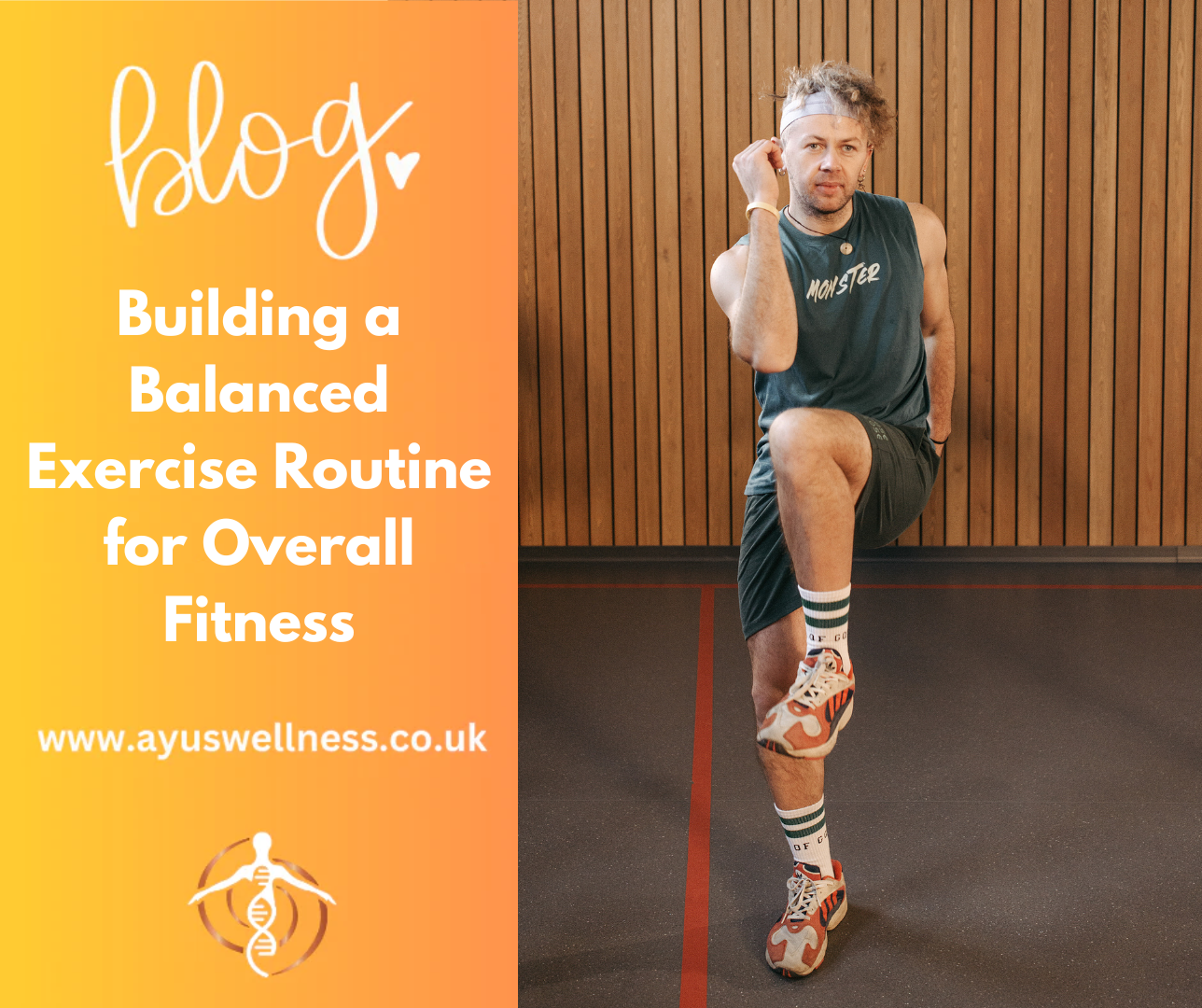
Introduction
Crafting a well-rounded exercise routine is more than just hitting the gym or going for a run. It's about integrating various types of workouts to enhance overall fitness, improve health, and keep you motivated. Whether you're a seasoned athlete or a fitness newbie, understanding how to balance your routine can make a significant difference in achieving your goals.
The Key Components of a Balanced Exercise Routine
To create a balanced exercise routine, it's crucial to include four main components: strength training, cardiovascular exercise, flexibility, and rest. Each plays a unique role in your overall fitness.
1. Strength Training
Strength training is essential for building muscle, boosting metabolism, and improving overall body strength. It can help you perform daily activities with ease and reduce the risk of injury. Here’s how to incorporate strength training into your routine:
- Frequency: Aim for at least two to three days a week.
- Exercises: Focus on compound movements like squats, deadlifts, bench presses, and rows.
- Repetitions and Sets: Perform 8-12 repetitions for 3-4 sets.
2. Cardiovascular Exercise
Cardio is crucial for heart health, burning calories, and improving endurance. It includes activities that raise your heart rate, such as running, cycling, swimming, or even brisk walking.
- Frequency: Engage in cardio exercises three to five times a week.
- Duration: Aim for at least 150 minutes of moderate-intensity or 75 minutes of high-intensity cardio per week.
- Variety: Mix steady-state cardio with interval training to keep things interesting.
3. Flexibility and Mobility
Flexibility exercises help maintain the range of motion in your joints, reduce the risk of injuries, and alleviate muscle tension. Yoga and stretching are excellent for this purpose.
- Frequency: Incorporate flexibility exercises two to three times a week.
- Exercises: Include dynamic stretches before workouts and static stretches after workouts.
- Focus Areas: Pay attention to major muscle groups like hamstrings, calves, shoulders, and hips.
4. Rest and Recovery
Rest is often overlooked but is vital for recovery and muscle growth. Without adequate rest, you risk overtraining, which can lead to fatigue, injuries, and decreased performance.
- Sleep: Aim for 7-9 hours of quality sleep per night.
- Rest Days: Include at least one or two rest days in your weekly routine to allow your body to recover.
Tips for Creating a Balanced Routine
Now that we’ve covered the key components, let’s discuss how to put it all together into a balanced routine:
- Set Clear Goals: Determine what you want to achieve—whether it's weight loss, muscle gain, or improved endurance.
- Plan Your Week: Create a weekly schedule that includes all four components. For example:
- Monday: Strength Training
- Tuesday: Cardio
- Wednesday: Flexibility and Mobility
- Thursday: Strength Training
- Friday: Cardio
- Saturday: Rest or Light Activity (like walking)
- Sunday: Flexibility and Mobility
- Stay Consistent: Consistency is key to seeing progress. Stick to your schedule as much as possible.
- Listen to Your Body: Adjust your routine based on how your body feels. If you're overly sore or fatigued, consider a rest day or a lighter workout.
- Mix It Up: Prevent boredom by varying your exercises. Try new workouts, switch up your cardio activities, or change your strength training routine every few weeks.
Benefits of a Balanced Exercise Routine
Incorporating a balanced exercise routine offers numerous benefits:
- Improved Overall Health: Reduces the risk of chronic diseases such as heart disease, diabetes, and hypertension.
- Enhanced Mental Health: Regular exercise can alleviate symptoms of depression and anxiety, and improve mood.
- Better Performance: Balancing different types of exercises improves overall physical performance and reduces the risk of injury.
- Increased Longevity: Engaging in regular physical activity is associated with a longer lifespan.
FAQs
Q: How do I know if my exercise routine is balanced?
A: A balanced routine includes a mix of strength training, cardio, flexibility exercises, and adequate rest. Monitor your progress and adjust as needed.
Q: Can I combine cardio and strength training in one session?
A: Yes, you can combine both. However, it's important to balance intensity and duration to avoid overtraining.
Q: What if I don’t have time for long workouts?
A: Shorter, high-intensity workouts can be just as effective. Even 20-30 minutes of exercise can provide significant benefits.
Wrapping It Up
Building a balanced exercise routine is essential for achieving overall fitness and maintaining a healthy lifestyle. By incorporating strength training, cardio, flexibility, and rest into your weekly schedule, you’ll set yourself up for success. Remember to stay consistent, listen to your body, and enjoy the journey to better health and fitness.



